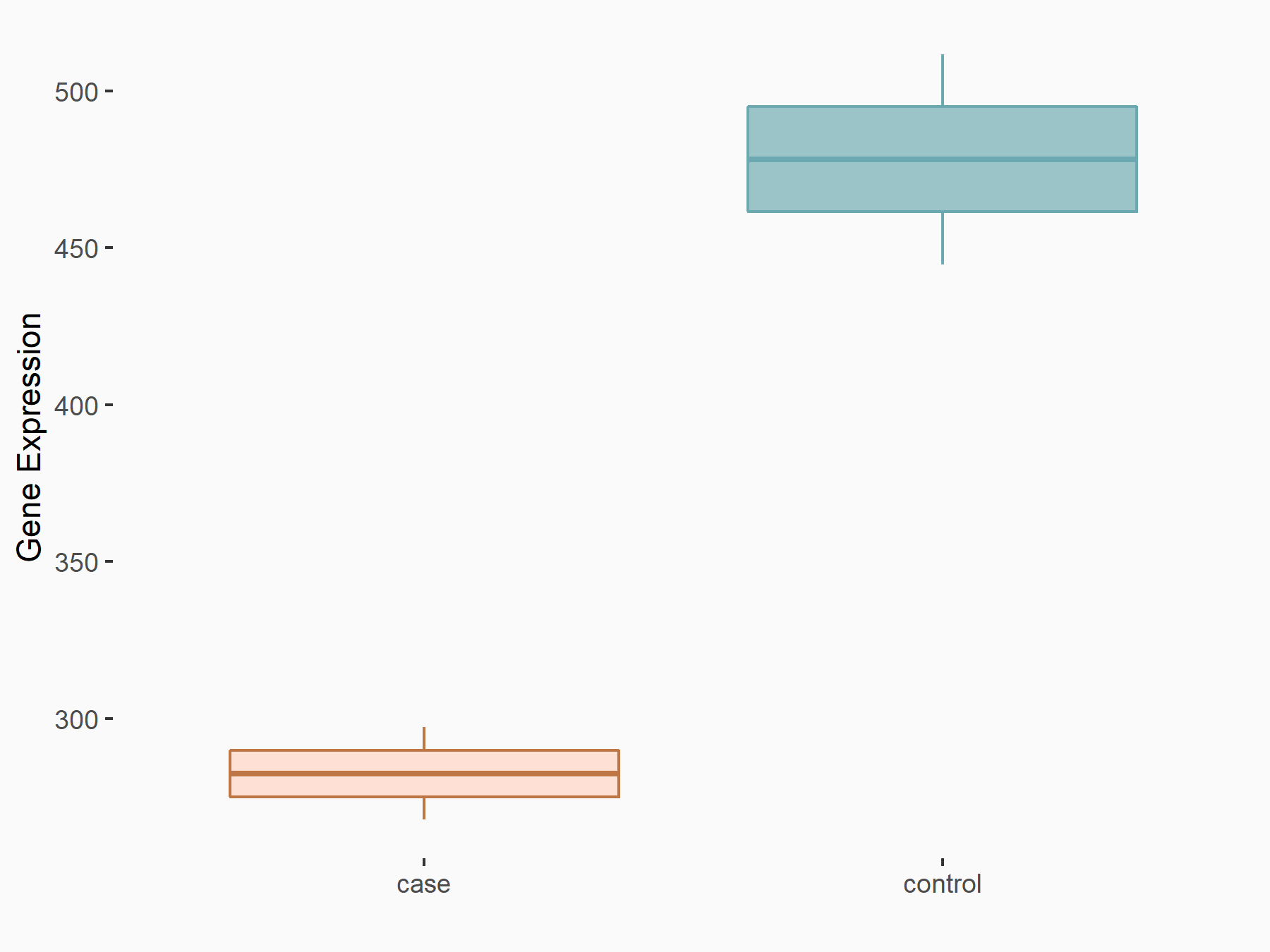m6A Target Gene Information
General Information of the m6A Target Gene (ID: M6ATAR00671)
Full List of m6A Methylation Regulator of This Target Gene and Corresponding Disease/Drug Response(s)
TRAF5
can be regulated by the following regulator(s), and cause disease/drug response(s). You can browse detail information of regulator(s) or disease/drug response(s).
Browse Regulator
Browse Disease
Browse Drug
Methyltransferase-like 3 (METTL3) [WRITER]
| Representative RNA-seq result indicating the expression of this target gene regulated by METTL3 | ||
| Cell Line | LX2 cell line | Homo sapiens |
|
Treatment: shMETTL3 LX2 cells
Control: shLuc LX2 cells
|
GSE207909 | |
| Regulation |
  |
logFC: -7.59E-01 p-value: 1.50E-05 |
| More Results | Click to View More RNA-seq Results | |
| Representative RIP-seq result supporting the interaction between TRAF5 and the regulator | ||
| Cell Line | MDA-MB-231 | Homo sapiens |
| Regulation | logFC: 2.24E+00 | GSE60213 |
| In total 1 item(s) under this regulator | ||||
| Experiment 1 Reporting the m6A Methylation Regulator of This Target Gene | [1] | |||
| Response Summary | 2-polarized tumor-associated macrophages enabled the oxaliplatin resistance via the elevation of METTL3-mediated m6A modification in Colorectal Cancer cells. Furthermore, they found that TNF receptor-associated factor 5 (TRAF5) contributes to the METTL3-triggered OX resistance in CRC cells. | |||
| Target Regulation | Down regulation | |||
| Responsed Disease | Colorectal cancer | ICD-11: 2B91 | ||
| Responsed Drug | Oxaliplatin | Approved | ||
| In-vitro Model | LoVo | Colon adenocarcinoma | Homo sapiens | CVCL_0399 |
| HCT 116 | Colon carcinoma | Homo sapiens | CVCL_0291 | |
| In-vivo Model | HCT-116 cells (3 × 105 cells in 200 uL of saline) were subcutaneously injected into the nude mice to establish xenograft tumors. After 10 days, 10 mg/kg OX or saline was intraperitoneally injected (n = 5 for each group). Si-METTL3 or si-TRAF5 (10 nmol/20 g body weight) was injected twice intratumorally before the start of OX treatment. The mice were examined every 2 days and sacrificed 4 weeks after the OX treatment. | |||
Colorectal cancer [ICD-11: 2B91]
| In total 1 item(s) under this disease | ||||
| Experiment 1 Reporting the m6A-centered Disease Response | [1] | |||
| Response Summary | 2-polarized tumor-associated macrophages enabled the oxaliplatin resistance via the elevation of METTL3-mediated m6A modification in Colorectal Cancer cells. Furthermore, they found that TNF receptor-associated factor 5 (TRAF5) contributes to the METTL3-triggered OX resistance in CRC cells. | |||
| Responsed Disease | Colorectal cancer [ICD-11: 2B91] | |||
| Target Regulator | Methyltransferase-like 3 (METTL3) | WRITER | ||
| Target Regulation | Down regulation | |||
| Responsed Drug | Oxaliplatin | Approved | ||
| In-vitro Model | LoVo | Colon adenocarcinoma | Homo sapiens | CVCL_0399 |
| HCT 116 | Colon carcinoma | Homo sapiens | CVCL_0291 | |
| In-vivo Model | HCT-116 cells (3 × 105 cells in 200 uL of saline) were subcutaneously injected into the nude mice to establish xenograft tumors. After 10 days, 10 mg/kg OX or saline was intraperitoneally injected (n = 5 for each group). Si-METTL3 or si-TRAF5 (10 nmol/20 g body weight) was injected twice intratumorally before the start of OX treatment. The mice were examined every 2 days and sacrificed 4 weeks after the OX treatment. | |||
Oxaliplatin
[Approved]
| In total 1 item(s) under this drug | ||||
| Experiment 1 Reporting the m6A-centered Drug Response | [1] | |||
| Response Summary | 2-polarized tumor-associated macrophages enabled the oxaliplatin resistance via the elevation of METTL3-mediated m6A modification in Colorectal Cancer cells. Furthermore, they found that TNF receptor-associated factor 5 (TRAF5) contributes to the METTL3-triggered OX resistance in CRC cells. | |||
| Target Regulator | Methyltransferase-like 3 (METTL3) | WRITER | ||
| Target Regulation | Down regulation | |||
| Responsed Disease | Colorectal cancer | ICD-11: 2B91 | ||
| In-vitro Model | LoVo | Colon adenocarcinoma | Homo sapiens | CVCL_0399 |
| HCT 116 | Colon carcinoma | Homo sapiens | CVCL_0291 | |
| In-vivo Model | HCT-116 cells (3 × 105 cells in 200 uL of saline) were subcutaneously injected into the nude mice to establish xenograft tumors. After 10 days, 10 mg/kg OX or saline was intraperitoneally injected (n = 5 for each group). Si-METTL3 or si-TRAF5 (10 nmol/20 g body weight) was injected twice intratumorally before the start of OX treatment. The mice were examined every 2 days and sacrificed 4 weeks after the OX treatment. | |||